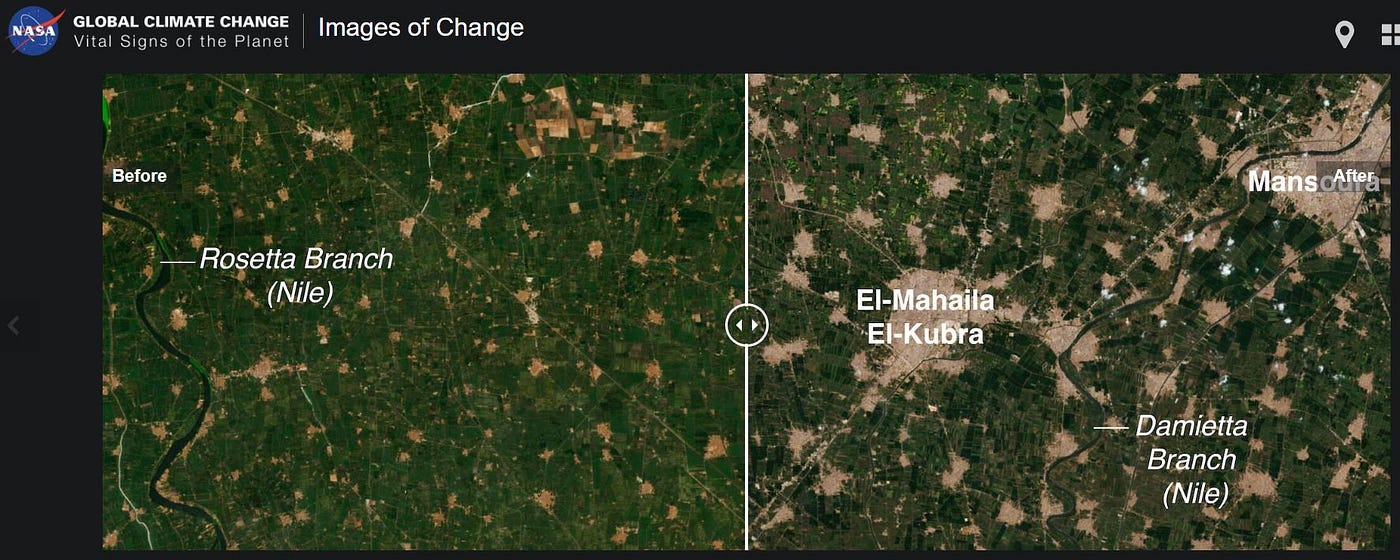The state and advancement of drought and desertification on the Earth are detectable even from space. We have been progressively turning our Planet not only into arid and degraded lands, but also into carbon sources, Especially during the extreme drought events primarily seen on five continents.
This degradation of the natural ecosystems directly reverberates on people, prosperity, and peace.

55 million people are already hit by drought every year, but projections foresee direct consequences for three-quarters of the world population in the next 25 years. Crop yield volatility, land degradation, water shortages, food and water insecurity, mass-scale migration, and conflicts are just some consequences directly related to drought. All are aspects that impair human survival and inevitably affect global economies.
Drought has generated 650,000 deaths from 1970 to 2019, while it has already generated around EUR 9 billion in economic losses in the EU and UK alone, with risks of reaching peaks of EUR 65 billion in case we don’t take concrete and immediate climate actions.
These numbers are self-explanatory. However, “numbers cannot measure the misery of thirst, the fear of a failed crop, or waiting for rain clouds to appear on the horizon but in vain. We need unified, concerted, and ambitious action; nations need nations to develop stronger national climate action plans. We need to do more and to do more now” — UNFCCC Executive Secretary Patricia Espinosa

